Chawanmushi: Discover Japan’s Delightful Savory Custard
Embark on an unforgettable culinary adventure with Yoshida Hotel as we introduce you to the enchanting world of Chawanmushi – the beloved Japanese savory egg custard. At Yoshida Hotel, while we are known for our impeccable hospitality, we find immense joy in sharing the depths of Japanese cuisine with travelers and food enthusiasts alike. Chawanmushi, with its delicate flavors and silky texture, stands as an epitome of Japanese gastronomy. Join us as we guide you through its fascinating history, intricate preparation, regional variations, health benefits, and unique role within Japan’s culinary landscape—all designed to ignite your curiosity and tempt your palate.
Chawanmushi: A Gateway to Traditional Japanese Cuisine
What Is Chawanmushi?
Chawanmushi is an iconic Japanese dish, translated as “steamed in a tea bowl,” that showcases the elegance of Japan’s approach to food. Unlike other egg dishes you may be familiar with, Chawanmushi is silky, lightly seasoned, and served warm or cool in a small bowl. The base of the dish is a savory, umami-rich custard made from eggs, dashi stock, and soy sauce, often incorporating mushrooms, seafood, or chicken.
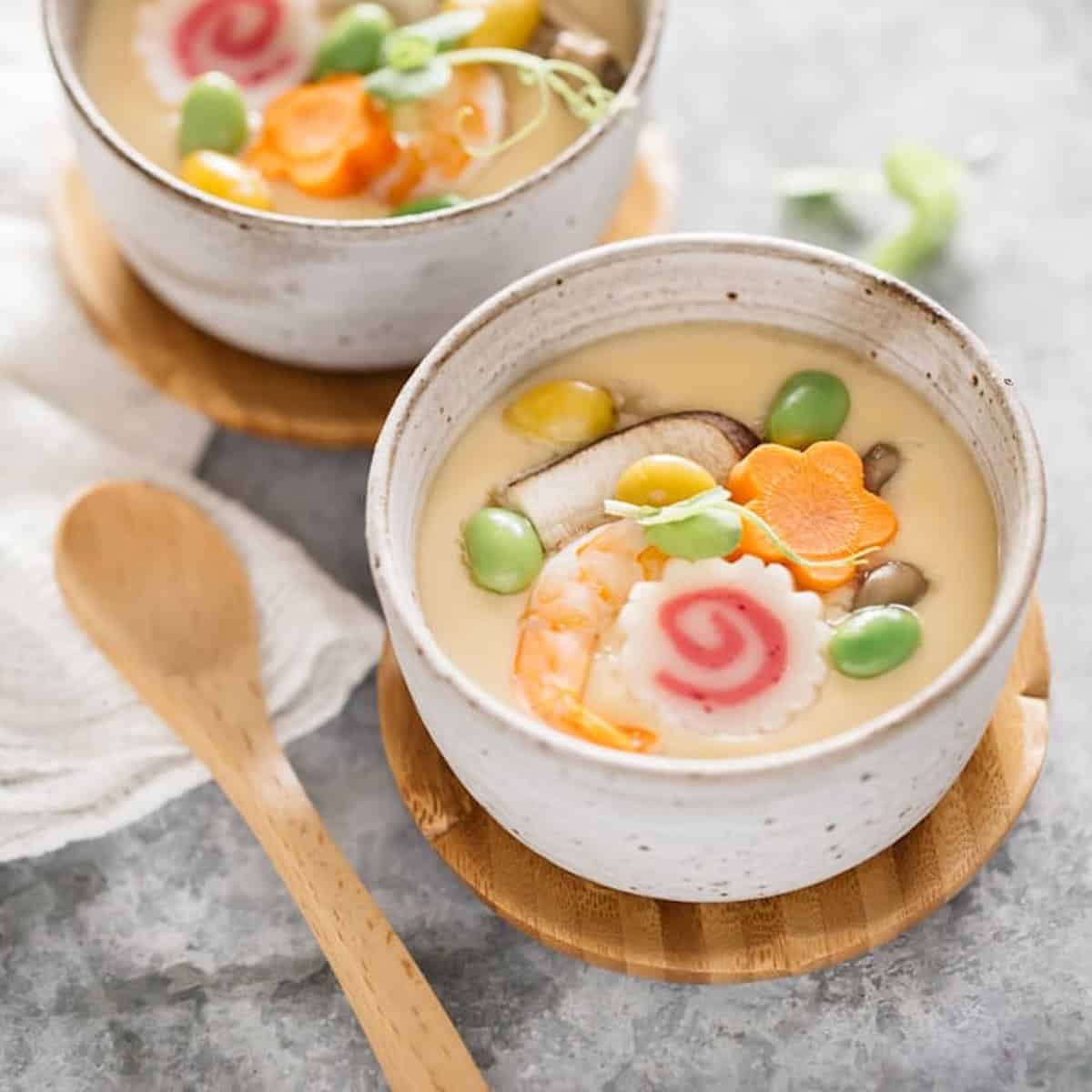
The Origins of Chawanmushi
The roots of Chawanmushi reach back to the Edo period, where it graced the tables of Japanese nobility and eventually became a beloved staple in homes and fine dining establishments. It reflects the Japanese culinary philosophy of balance and harmony, using simple ingredients to create a dish of remarkable depth.
Why Chawanmushi Captivates Food Lovers
Today, Chawanmushi captivates both Japanese locals and travelers by offering a multisensory dining experience. Its aroma, velvety consistency, and gentle flavors blend seamlessly, transporting diners to the tranquil landscapes of Japan.
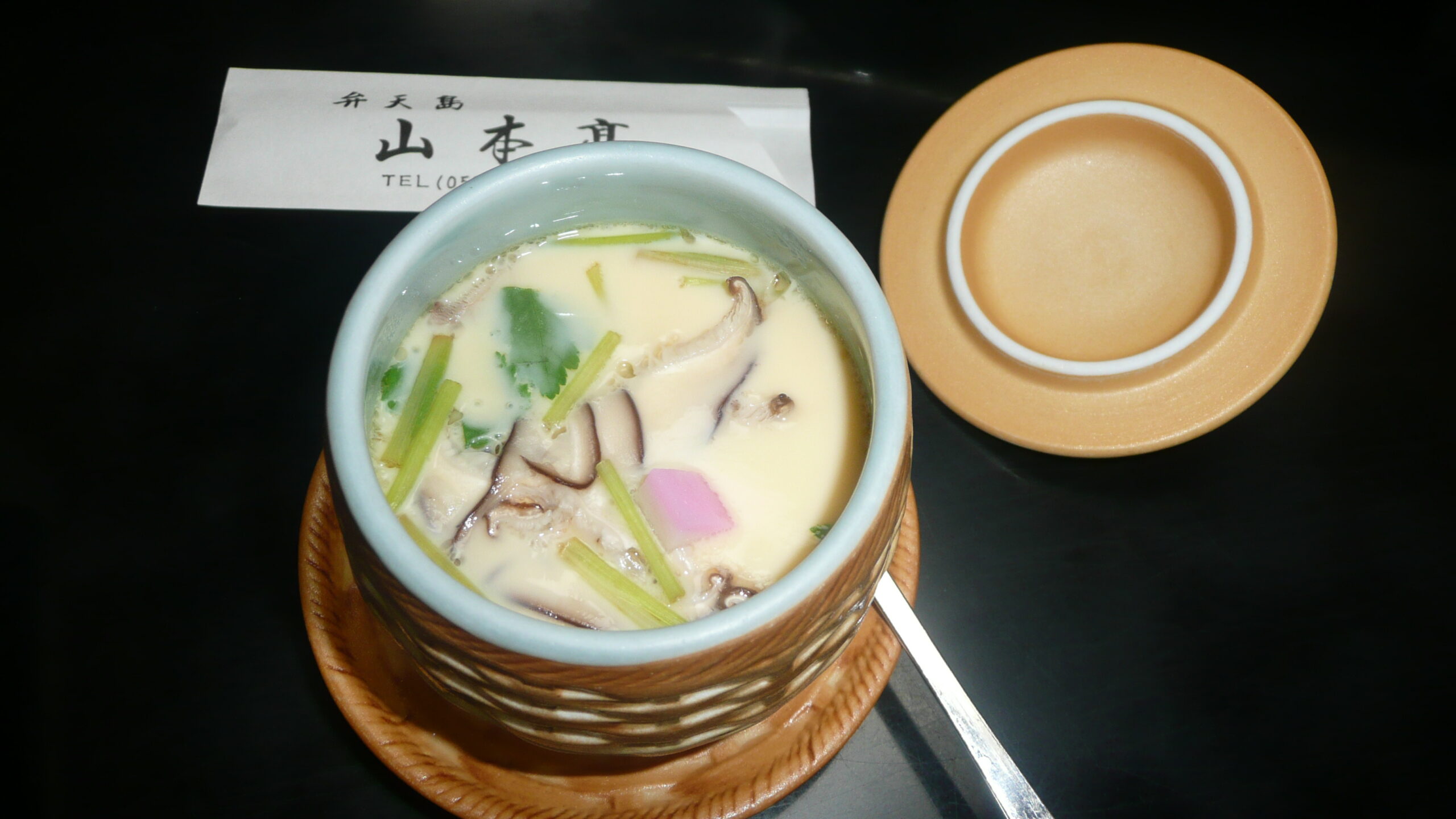
Unveiling the Secrets: How Chawanmushi Is Made
Essential Ingredients for Authentic Chawanmushi
The heart of Chawanmushi is its custard base, composed of:
- Fresh eggs
- Dashi (a seaweed and bonito-based broth)
- Light soy sauce
- Mirin (sweet Japanese rice wine)
- Salt
Popular fillings include shiitake mushrooms, chicken pieces, ginkgo nuts, shrimp, and fish cake, each chosen for complementary flavors and textures.

The Art of Preparing Chawanmushi
Creating the perfect Chawanmushi requires patience and precision. The eggs are gently whisked with seasoned dashi, then strained for a smooth mixture. Ingredients are carefully placed into individual cups or bowls before the custard is poured over them. Gently steamed, the result is an exquisitely smooth, savory custard encasing a medley of fillings.
Mastering the Technique: Steaming Tips
Steaming is the heart of Chawanmushi’s delicate preparation. Maintaining the right temperature is crucial; too much heat results in a tough, bubbly texture, while gentle steaming ensures the signature silkiness that defines the dish.
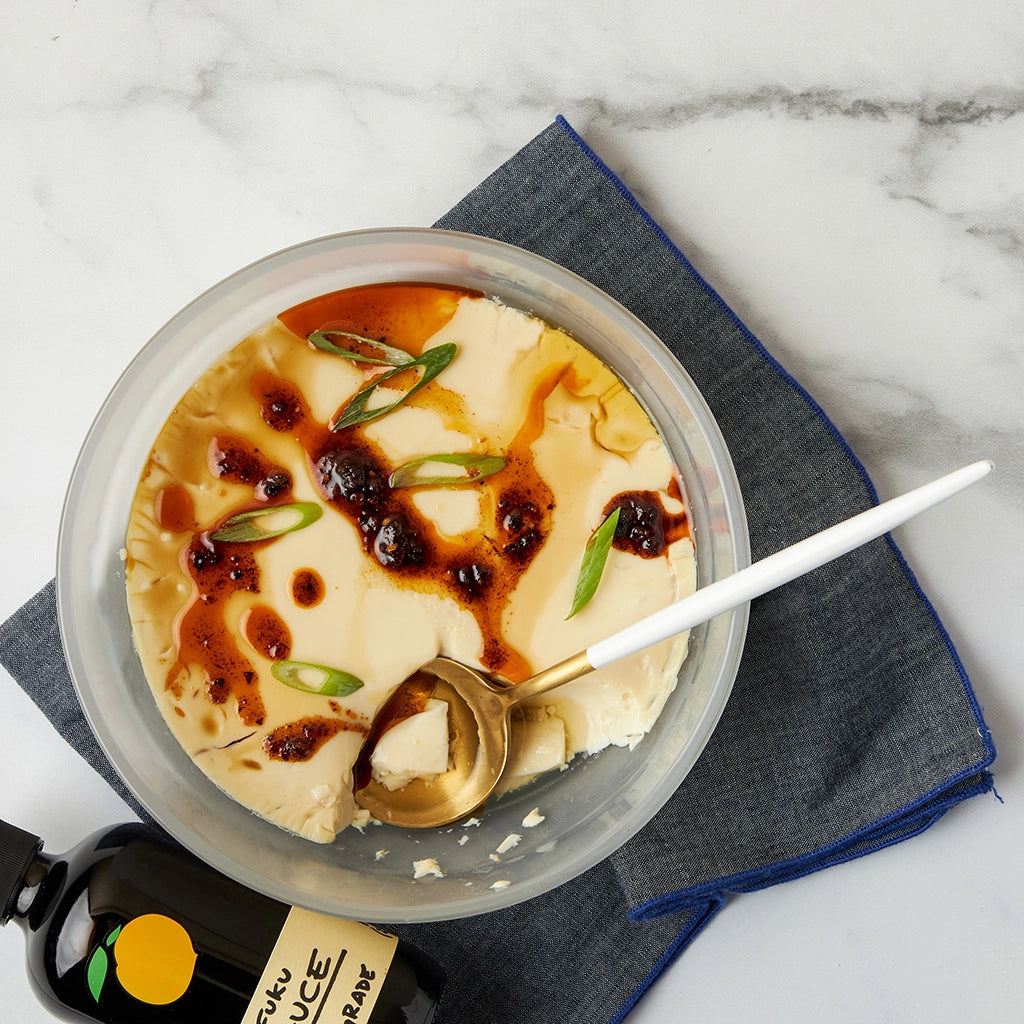
Chawanmushi Through the Seasons: A Taste for Every Traveler
Seasonal Twists on Chawanmushi
One of Chawanmushi’s charms lies in its adaptability. Chefs across Japan embrace seasonal ingredients, creating a dynamic range of flavors throughout the year. In spring, you might find young bamboo shoots; in autumn, chestnuts or seasonal seafood.
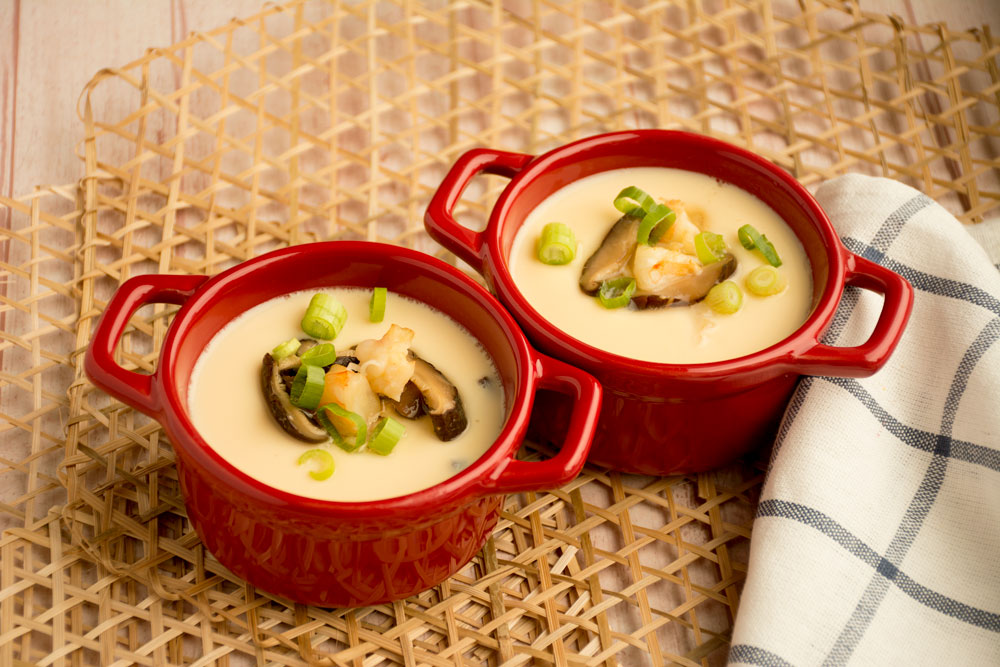
Festival Fare: Chawanmushi in Japanese Celebrations
Whether served at weddings, New Year feasts, or local festivals, Chawanmushi is a dish that brings warmth to special occasions. The inclusion of luxurious toppings, such as uni (sea urchin) or truffle, can elevate it for celebrations.
Exploring Regional Variations: Unfolding Japan’s Culinary Map
Hokkaido’s Seafood-Rich Chawanmushi
In Hokkaido, Chawanmushi thrives with an abundance of fresh seafood. Crab meat and scallops are common additions, infusing the custard with marine richness that reflects the region’s bounty.
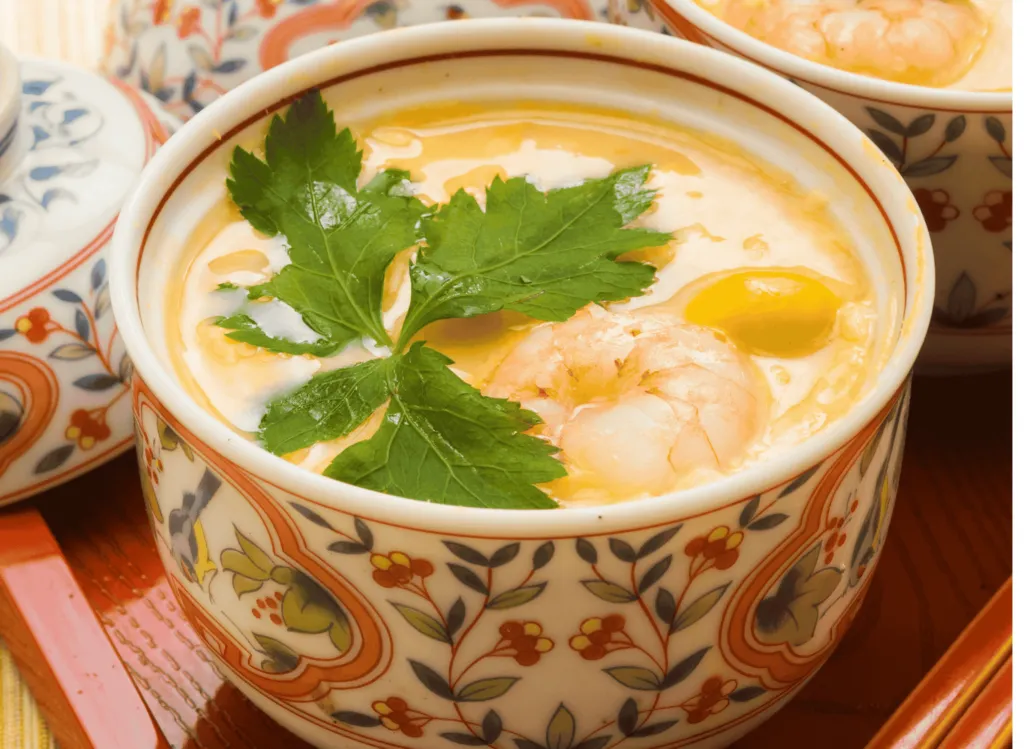
Kyoto’s Elegant Simplicity
Kyoto, the heartland of Japanese refinement, serves Chawanmushi with understated elegance. Local yuba (tofu skin), mountain vegetables, and delicate broths are often highlighted.
Kyushu’s Robust Flavors
In Kyushu, locals favor bolder flavors with hearty shiitake mushrooms and a denser, earthier custard. The use of local soy sauce imparts a distinct depth.

The Cultural Significance of Chawanmushi in Japanese Hospitality
Rituals and Traditions
Chawanmushi is more than just a dish—it embodies the Japanese ethos of omotenashi, or heartfelt hospitality. Often served as an appetizer in kaiseki (multi-course) dining, its arrival signals the start of a meticulously crafted dining experience.
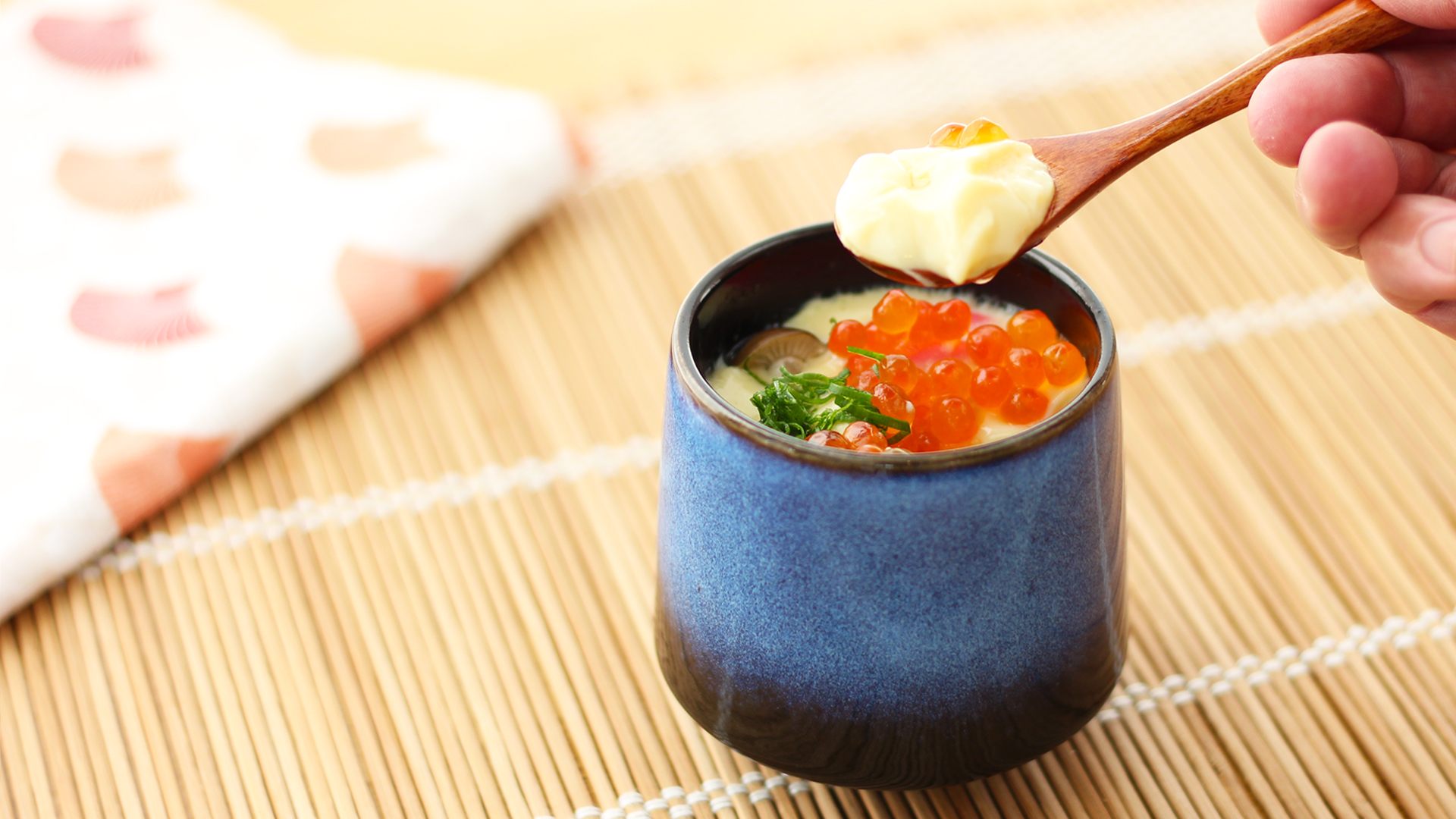
Dining Etiquette: Enjoying Chawanmushi the Japanese Way
Japanese tradition dictates savoring Chawanmushi directly from its cup using a small spoon or wooden spatula. The custard should be consumed slowly, cherishing both the aroma and subtle flavor transitions.
Chawanmushi and the World of Japanese Fine Dining
Spotlight on Kaiseki Cuisine
No other dish encapsulates the spirit of kaiseki like Chawanmushi. As the first course, it intrigues and delights guests, setting the tone for the artistry that follows.
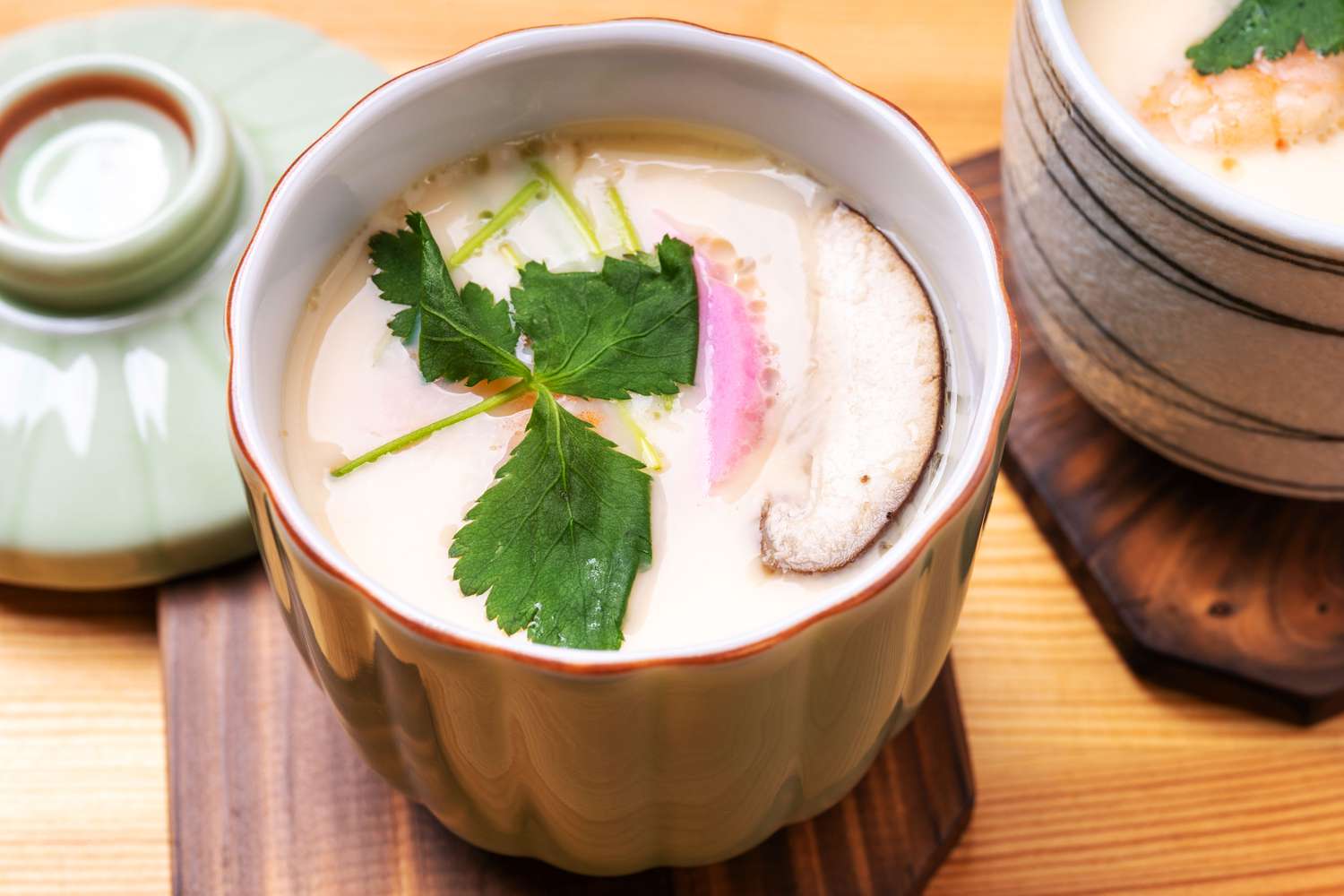
Chawanmushi at Michelin-Starred Restaurants
Top restaurants in Tokyo, Osaka, and Kyoto often give their signature spin to Chawanmushi, blending tradition with innovation. Ingredients such as lobster, foie gras, or black truffles are used for exquisite variations.
Chawanmushi: An Adventure for the Health-Conscious Gourmet
Nutritional Profile and Health Benefits
Chawanmushi is a nourishing choice for those seeking balanced nutrition. It is rich in high-quality protein from eggs and seafood, along with essential minerals and vitamins from dashi and vegetables.
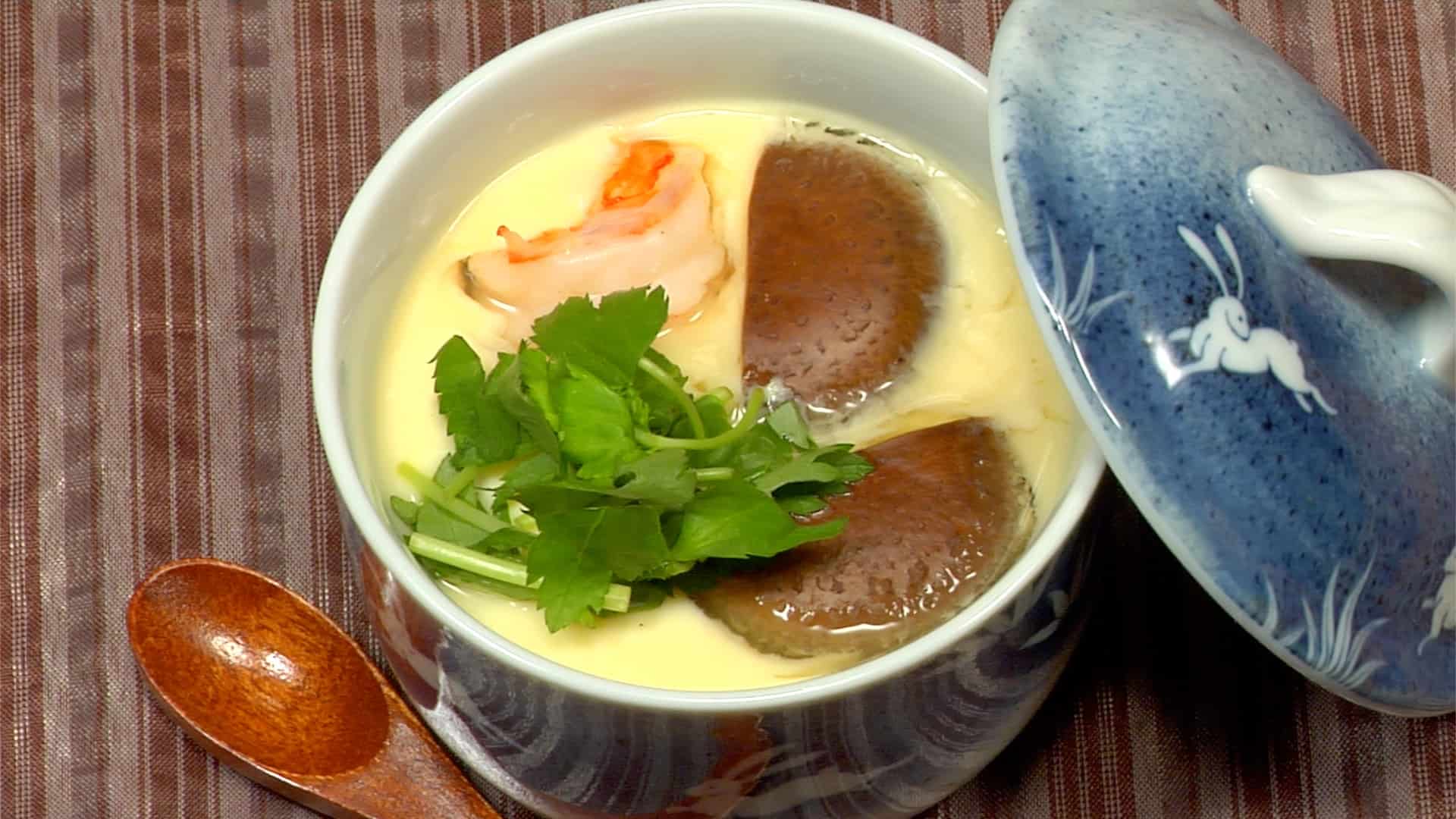
Why Chawanmushi Appeals to Modern Diners
Low in calories yet deeply satisfying, Chawanmushi resonates with health-conscious diners globally. Its light texture and savory taste make it a staple for wellness-minded travelers.
Eating Out: Where to Experience Chawanmushi in Japan
Traditional Restaurants and Ryokans
Authentic Chawanmushi can be found in traditional ryokans (inns) and local eateries across Japan, where the dish is lovingly prepared to order.
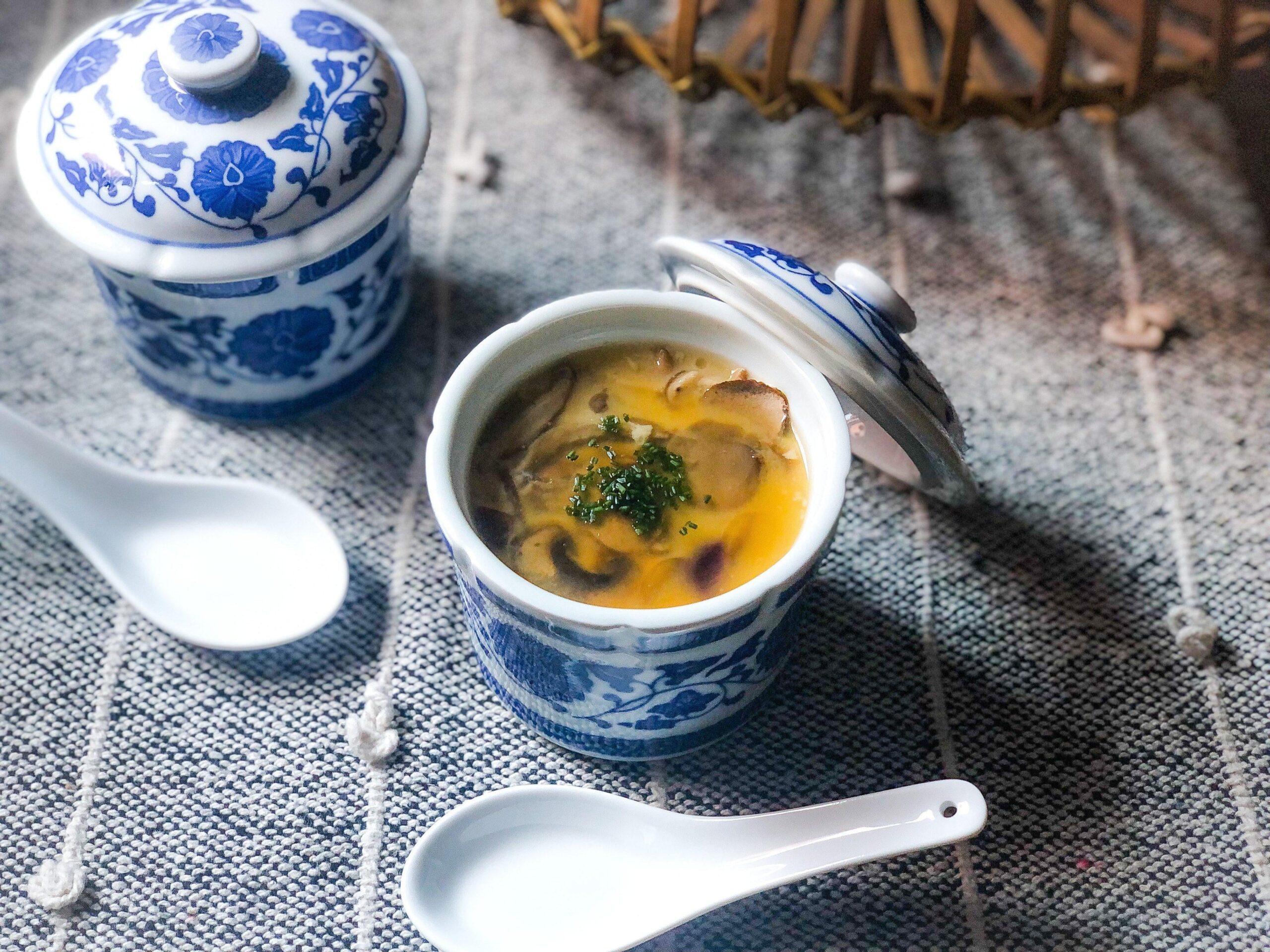
Urban Cafés and Modern Interpretations
In Tokyo’s bustling culinary scene, contemporary chefs are reimagining Chawanmushi with global influences—think Italian-inspired versions with parmesan or fusion variants with subtle spices.
The Magic Behind Chawanmushi’s Silky Texture
The Science of Texture
The hallmark of Chawanmushi is its velvety mouthfeel. Achieving this requires a precise egg-to-dashi ratio and gentle steaming. Yoshida Hotel recommends using a 1:3 ratio of eggs to dashi for optimal results, blending the mix carefully and straining before steaming.

Troubleshooting Common Issues
For home cooks, lumpy or tough Chawanmushi is a common pitfall—often the result of overheating. The secret is patience and precise temperature control.
Decoding the Flavors: Key Ingredients in Chawanmushi
Dashi: The Foundation of Umami
Dashi, the soul of Japanese cuisine, is essential for Chawanmushi’s depth. Made from kombu (kelp) and katsuobushi (bonito flakes), this broth imparts subtle smokiness and umami that elevate the dish.
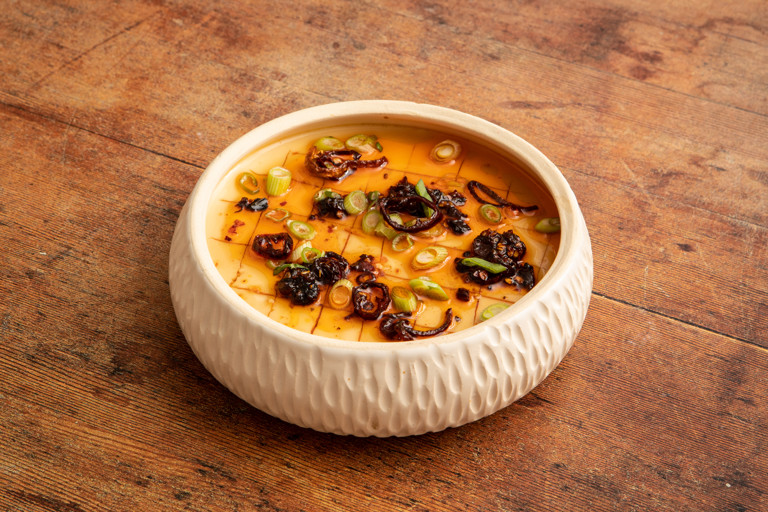
Eggs: The Heart of Custard
Japanese chefs favor the freshest eggs to achieve Chawanmushi’s signature color and texture. The egg mixture must be gently beaten and thoroughly strained for maximum smoothness.
Fillings: Tradition and Creativity
Traditional favorites include shrimp, shiitake mushrooms, kamaboko (fish cake), and ginkgo nuts. Adventurous chefs might add crab, uni, or even unagi (eel), personalizing each bowl.

Pairing Chawanmushi: Perfect Companions for the Palate
Beverage Pairings
For travelers, pairing Chawanmushi with a crisp sake or lightly brewed green tea enhances the experience. The subtlety of the custard pairs well with delicate beverages that do not overpower the flavors.
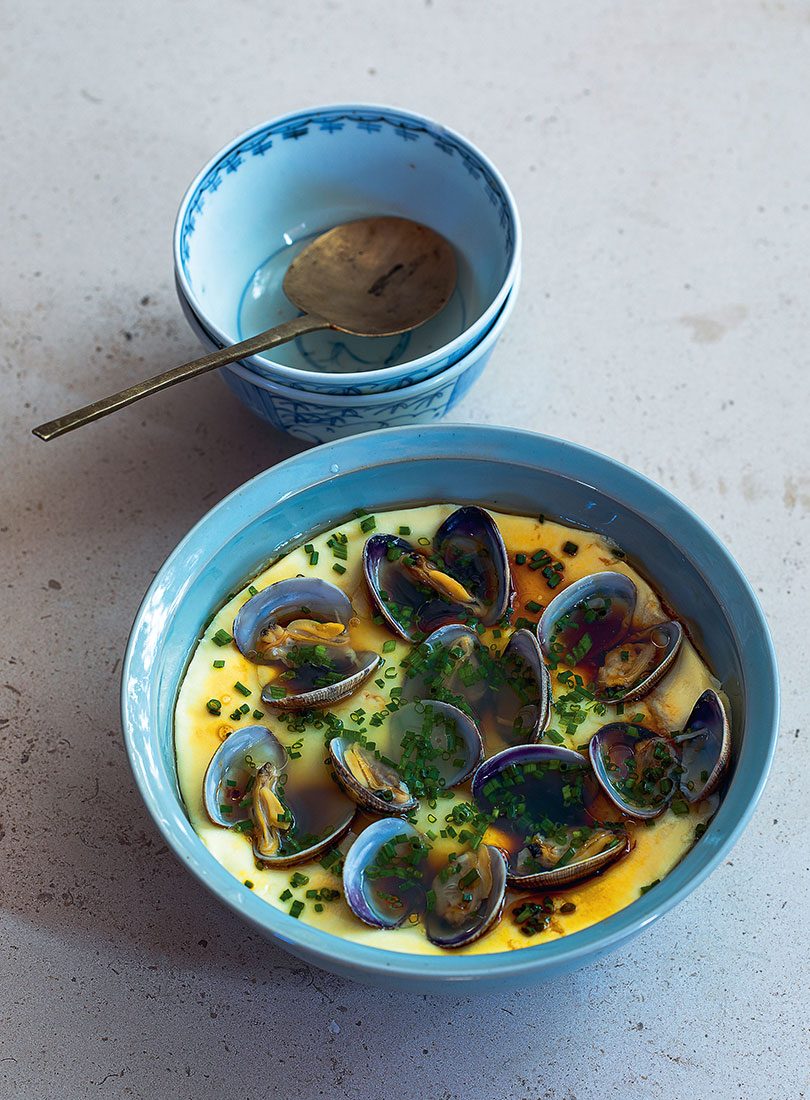
Side Dishes to Complement Chawanmushi
Hearty side dishes such as grilled fish, light tempura, or pickled vegetables provide contrast in flavor and texture, offering a well-rounded meal.
Chawanmushi in Home Cooking: Bringing Japanese Elegance to Your Table
Step-by-Step Recipe for Classic Chawanmushi
Yoshida Hotel presents a tried-and-true recipe that any cooking enthusiast can follow. Begin by making dashi stock, whisk eggs and seasoning together, combine with fillings, pour into teacups, and gently steam. Mastery comes with practice, so home cooks should experiment with ingredient variations.
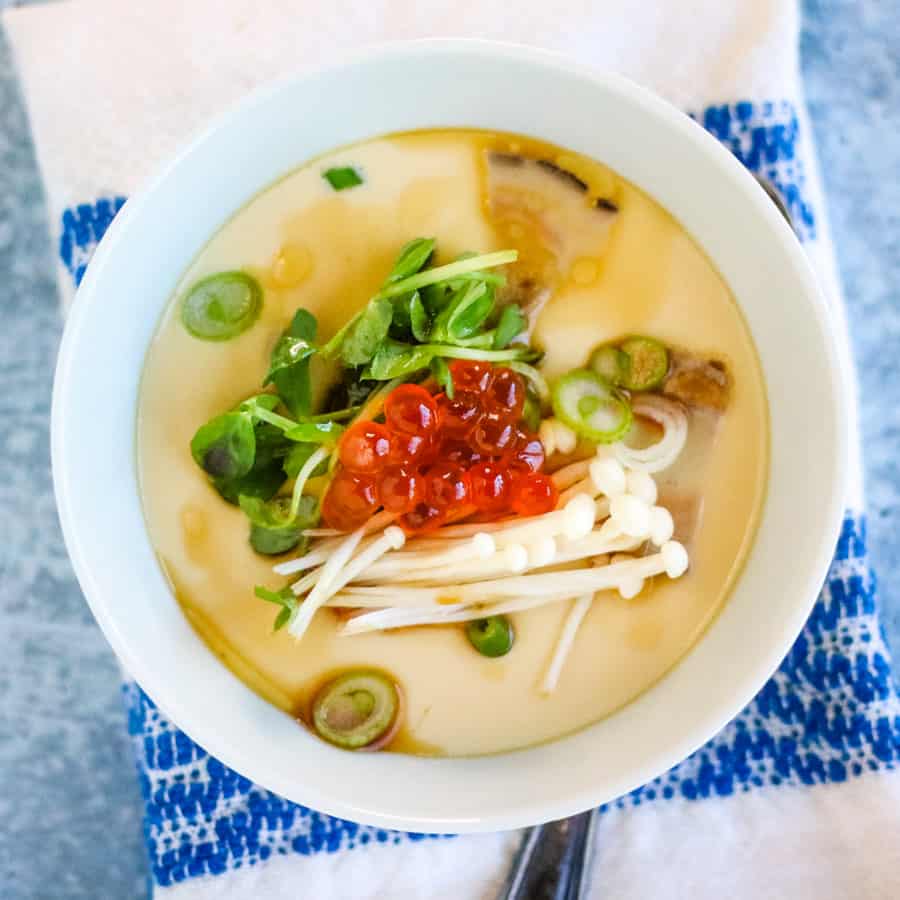
Tips for Flavorful and Authentic Results
- Use only fresh, high-quality eggs
- Carefully strain the egg mixture for a smooth texture
- Opt for traditional Japanese ceramic cups for an authentic presentation
- Steam with patience and care for best results
Traveling for Taste: Culinary Tourism and Chawanmushi
Japan’s Culinary Destinations
Travelers who prioritize food in their journeys will find that seeking out authentic Chawanmushi unlocks deeper insights into Japanese culture. Kyoto, Osaka, and Hokkaido are must-visit destinations for dedicated food explorers.

Culinary Classes and Experiences
For guests at Yoshida Hotel and other high-end accommodations, participatory cooking experiences are increasingly popular. Learning to make Chawanmushi from an expert chef creates memories as delicious as the dish itself.
Chawanmushi Beyond Japan: The Dish’s Global Influence
Chawanmushi Around the World
Chawanmushi’s popularity is not limited to Japan. Renowned international chefs in Europe, the United States, and Asia have adopted and adapted the dish, exploring unique combinations such as truffle-infused custard, lobster Chawanmushi, and even vegan adaptations with plant-based dashi and agar.

Fusion Takes and Creative Interpretations
Restaurants outside Japan are infusing Chawanmushi with local flavors, such as black truffle in France or chili oil in the United States, expanding its appeal and versatility.
Frequently Asked Questions About Chawanmushi
What Makes Chawanmushi Unique Compared to Other Egg Dishes?
Unlike omelets or quiches, Chawanmushi is defined by its custard-like texture, subtle umami, and gentle steaming technique, making it an elegant, refined dish.
Can Chawanmushi Be Made Vegetarian or Vegan?
Absolutely. While dashi is traditionally fish-based, vegetarian and vegan versions can utilize kombu and shiitake mushrooms for a hearty, umami-rich broth.
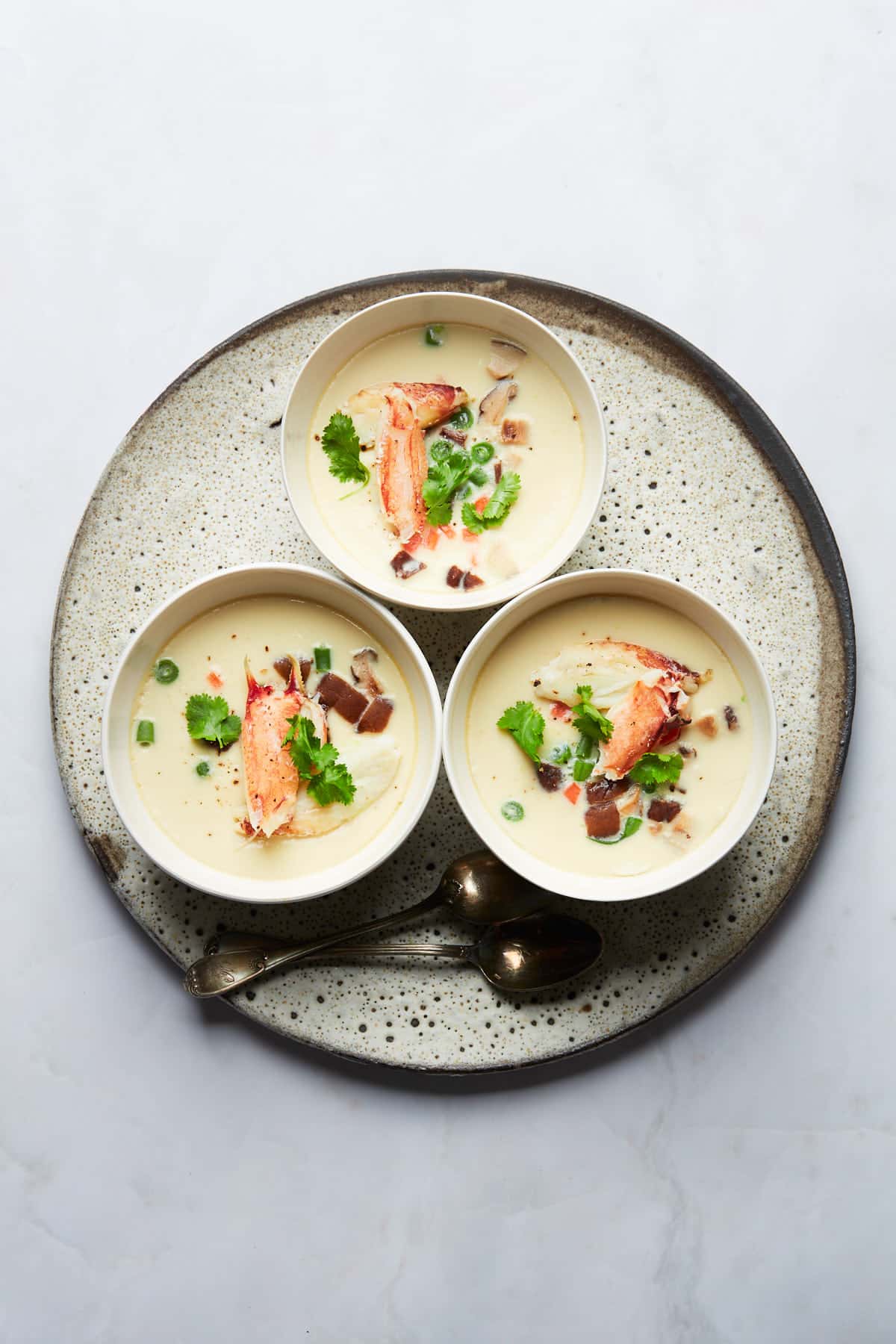
Is Chawanmushi Served Hot or Cold?
Chawanmushi is commonly served warm, but is enjoyed chilled in summer months, offering refreshing comfort in Japan’s humid climate.
Savoring the Story: Why Chawanmushi Resonates with Travelers
A Symbol of Hospitality
Chawanmushi embodies the essence of Japanese hospitality: welcoming, thoughtful, and refined. For travelers entering a ryokan or high-end restaurant, being served Chawanmushi is a gesture of warmth and care.
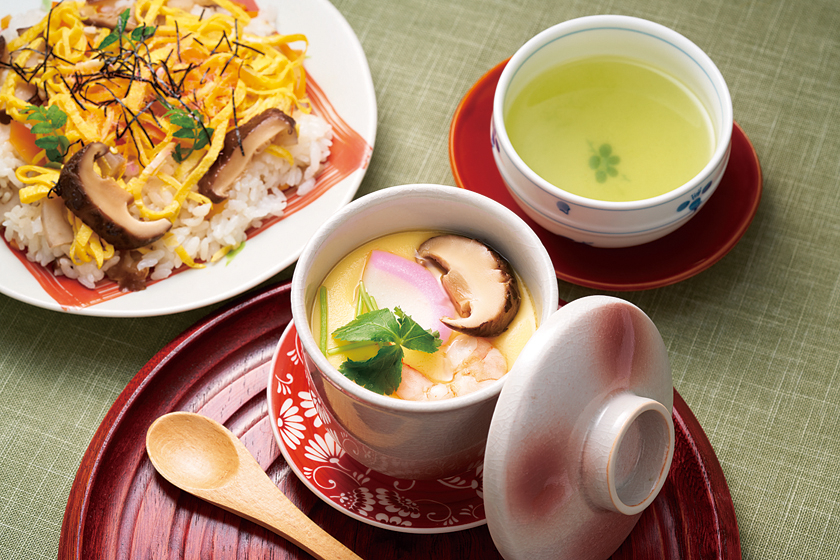
Culinary Education Through a Bowl
Every serving of Chawanmushi tells a story—of regional influences, seasonal ingredients, and the artistry of the chef. Exploring Chawanmushi is an entry point into Japan’s vast culinary tapestry.
Embarking on a Chawanmushi Adventure With Yoshida Hotel
As we conclude our savory exploration of Chawanmushi, Yoshida Hotel invites you to let curiosity guide your palate. Whether you are dining in the heart of Tokyo, savoring a bowl in a secluded ryokan, or crafting your own Chawanmushi at home, each experience brings you closer to the heart of Japanese culture. At Yoshida Hotel, while we do not prepare Chawanmushi ourselves, we are passionate about guiding you on journeys of discovery and flavor. We hope this in-depth look at Chawanmushi has inspired you to seek out this iconic dish and create lasting culinary memories.
Details
Namistay chain hotel
- 61-63 Hoang Ke Viem, Bac My Phu, Ngu Hanh Son, Da Nang, Vietnam
- Hotline: 0905 432 992
- Lot 45 An Thuong 29, Bac My Phu, Ngu Hanh Son, Da Nang, Vietnam
- Hotline: 0977 455 546
- 42 An Thuong 26 Street, Bac My Phu, Ngu Hanh Son, Da Nang, Vietnam
- Hotline: 0965 442 842

